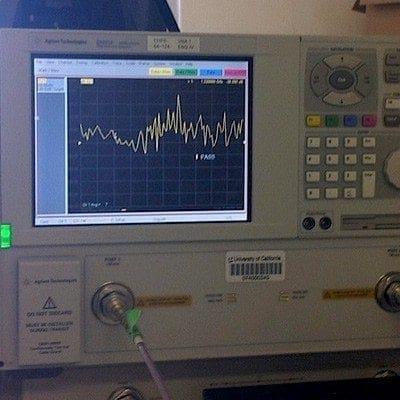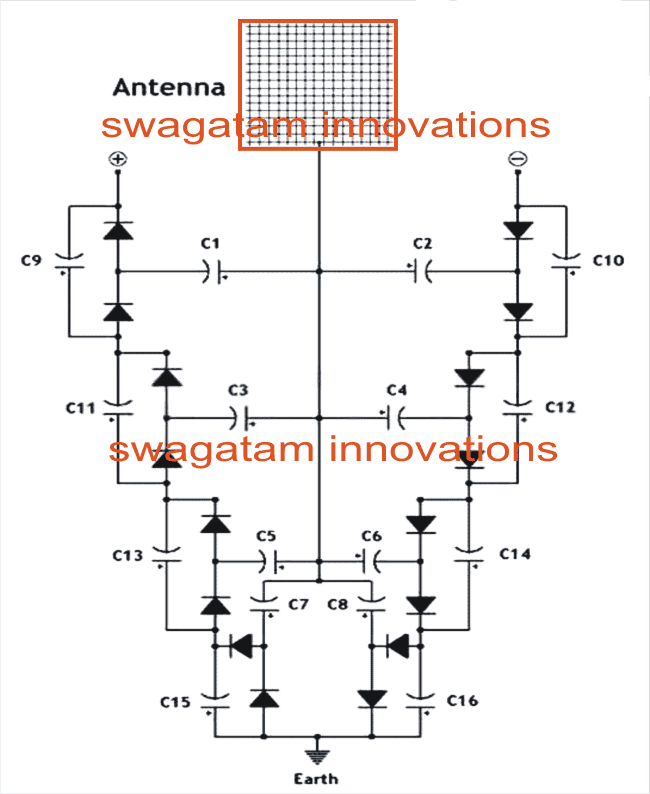Hedges
I See Electromagnetic Fields!
- Joined
- Mar 28, 2020
- Messages
- 20,611
So I'm likely using way less voc (under 145) and watts (under 1200, though possibly inverter will take 2x1200 PV input ...need to check). But it's in a trailer so I have a few concerns:
1) in the small amount of interior space, I'd like to create a barrier between me and the all in one / inverter...
a) Do you think lining a wooden box with mazed chicken wire would do anything?
b) Do you think putting this around the wires or cables would make a difference on EMF / interference?
Depends on what you want to block.
Keep WiFi, Bluetooth, high frequency (on the order of GHz) and lower (MHz) EMI coming from digital circuits away from you?
Something like copper window screen, small holes but let air through.
Chicken wire isn't small enough; Wavelength of GHz signals can fit through the mesh.
But, if there is a length of wire, cable, etc. (even CAT-6 Ethernet) that extends from inside the mesh enclosure to outside, it will pick up RF inside, conduct along the cable, radiate outside. With varying efficiency depending on frequency and cable length. Only way to stop that is to have EMI filter connectors where it feeds through the shielded enclosure. One design of filter for passing 60 Hz 20A 120V, different filter for Ethernet, RS-485 etc.
Reduce exposure to ELF such as 60 Hz?
That comes from AC wiring including transmission lines.
Best thing you can do for that is twist Line and Neutral together, or at least cable tie close. Same for battery cables, because they carry ripple currents. The idea is to reduce it from a large loop to zero. Side by side wires still have a distance between centerline, but twisted cancels the field with equal amounts of left and right side.
Transformers make 60 Hz magnetic fields, which we are shielding with Mu Metal to reduce the current they induce in metal objects. With small transformers (e.g. 1 kVA) the currents are not huge, but hundreds of mA in some metal objects (or 1 mV if open circuit). Your transformer may vary. This isn't a safety hazard, but affects some instruments.







